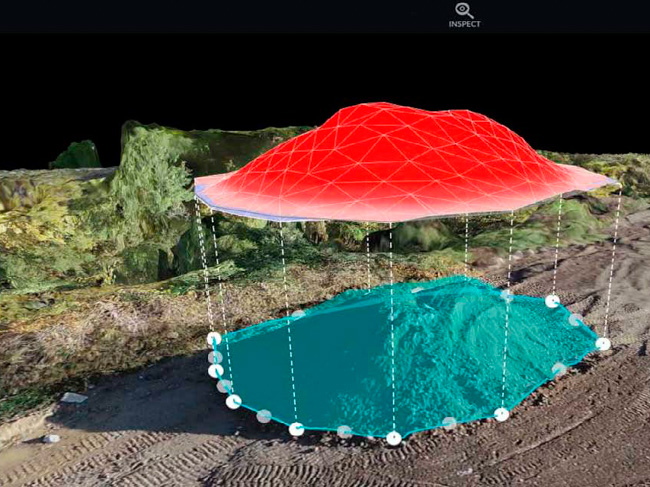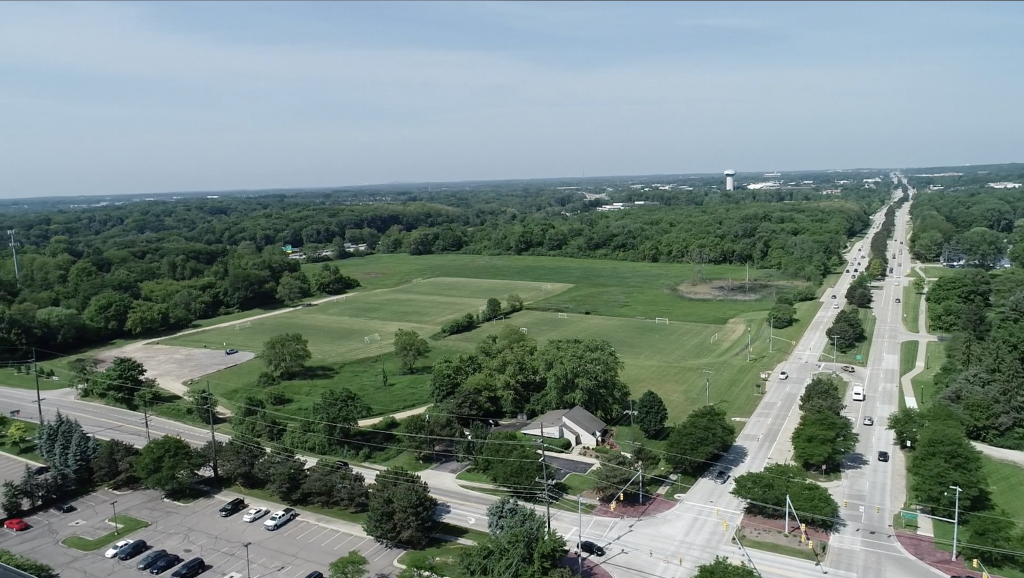We often hear from leaders in the construction space, that they don’t have a drone strategy but recognize the power of the visuals the technology captures. Many tell us that they’ve got someone on the team that has a drone and will occasionally fly it to capture some aerial shots, but often the photos and videos go unused and lack any regular consistency.
The biggest roadblock with drone photos and videos isn’t that construction leaders don’t see the value, because they do. The problem is that most companies don’t fully realize or don’t take the time to learn about all the great ways drone photos, videos and most importantly, mapping, are transforming the construction space. Specifically, drones aid in construction site safety and support on-going site management as well.
In other words, construction companies simply don’t have a drone strategy. It doesn’t need to be complex, but simply having a construction drone strategy and executing against it will make sure that you are at least being consistent. Now here are some tips for making that strategy a good one.
Partner, DIY or Hire a Pilot?
The first consideration for your construction drone strategy will be to determine who is going to actually do the flying. In our eyes you have three primary choices: find a partner that manages the entire process, do-it-yourself, or hire a freelance pilot.
Partner: A partner will be a drone company with a network of pilots around the country who can scale up quickly should your demands increase. Similarly, a partner will require little hand-holding and can get up and running quickly, while offering the most robust services and technology strictly for construction projects. Finally, a partner should be FAA certified and have experience navigating the safety regulations of a diverse array of job sites.
DIY: Unless you have extra days each week that you can dedicate to capturing photos, managing all the files, sorting and distributing them accordingly, this probably isn’t a good use of time for you or your staff. Plus, your job site probably has safety guidelines
Freelance Pilot: This is a good option for a one-time shoot, but if you have on-going needs and or multiple projects that span great distances, a single pilot isn’t going to be able to deliver the way you will want.
What’s Your Objective?
Drone photos, videos and maps of construction job sites can be utilized in many ways. The question is, what’s your ultimate objective with these visuals? Here’s a list of the most important objectives:
- To update key stakeholders and keep them informed of job site progress
- To document the road conditions leading to and surrounding the site
- To find efficiencies by tracking aerial progress photos each week
- To identify potential safety hazards
- To compare aerial photos with project specs via mapping overlays
- To capture great video content that can be used for marketing purposes and case studies
- To save time by sharing annotated digital maps with your team instead of driving around the job site all day
Local, Regional or National?
As mentioned earlier, how “invested” you are in a drone strategy needs to be determined. Are you just looking to capture some progress shots of a specific job and that’s it? Are you managing a series of regional developments for a specific client and you want to keep them informed? Are you ready to make drone visuals part of how you run your regional or national business?
We often get hired by people outside of the state, looking specifically for a drone partner in Michigan. Odds are this process is repeated for every job around the country. Most think of drone partners from a “local” context, yet there are providers who have national reach (like us). This is a far more efficient strategy, because now there’s only one phone number to call.
We see long-term partnerships with drone companies being the industry standard moving forward, whether local, regional or national construction company. Partly because vendor approvals can be cumbersome. We have gone through the process of becoming an “approved vendor” many times.
Every company we talk to is at different points on their timeline as to how they define their drone strategy. Having been in the space for 6 plus years and flown thousands of missions, we can tell you in no uncertain terms, drones are here to stay. In fact, they are in the process of revolutionizing the construction industry. Companies that are jumping in with both feet regarding there drone strategy are setting themselves up to achieve a huge competitive advantage.
If you would like to discuss your drone strategy, contact us today!




0 Comments